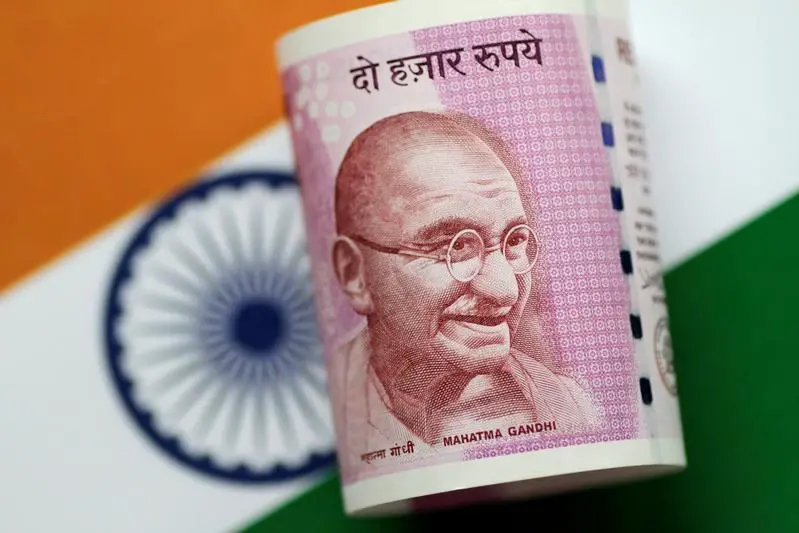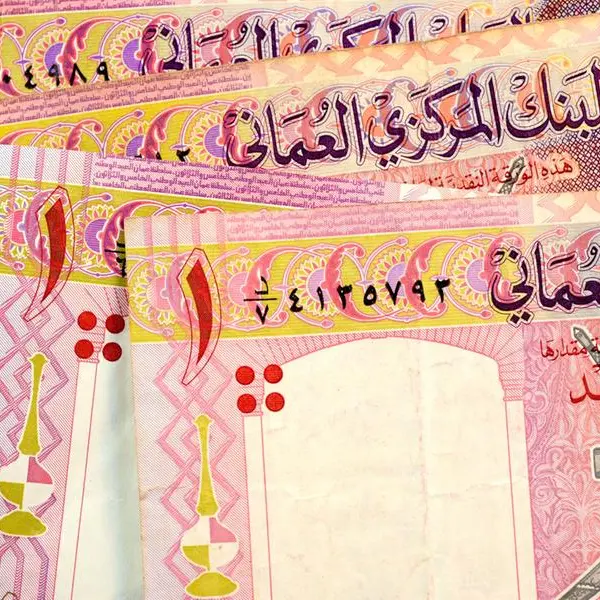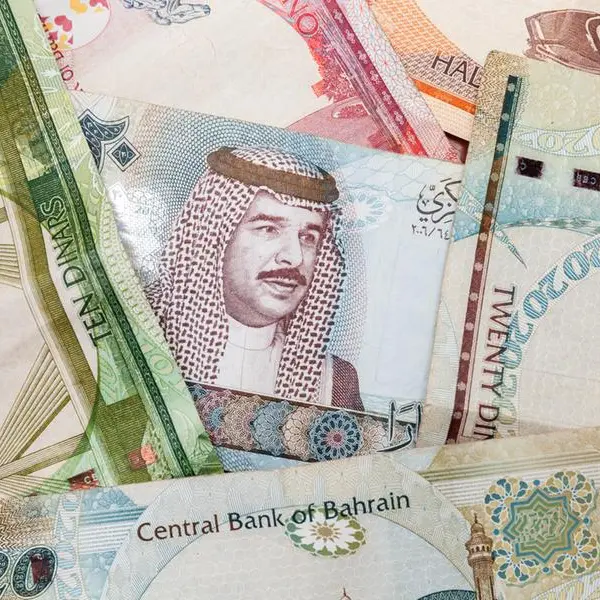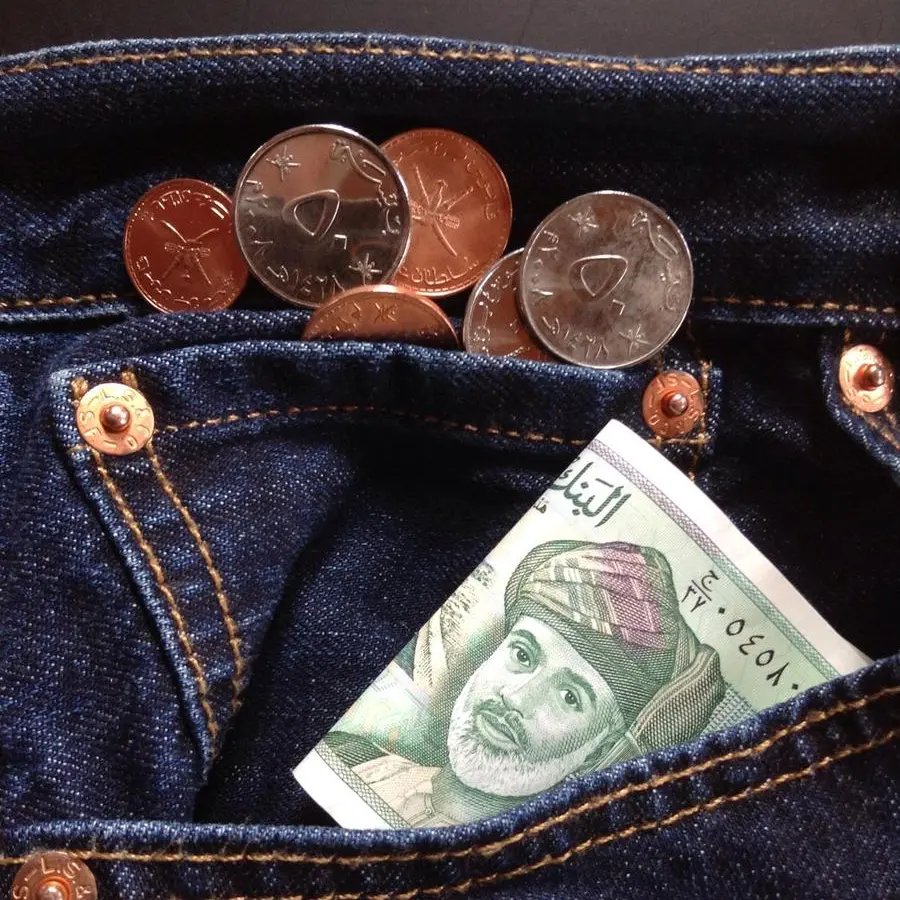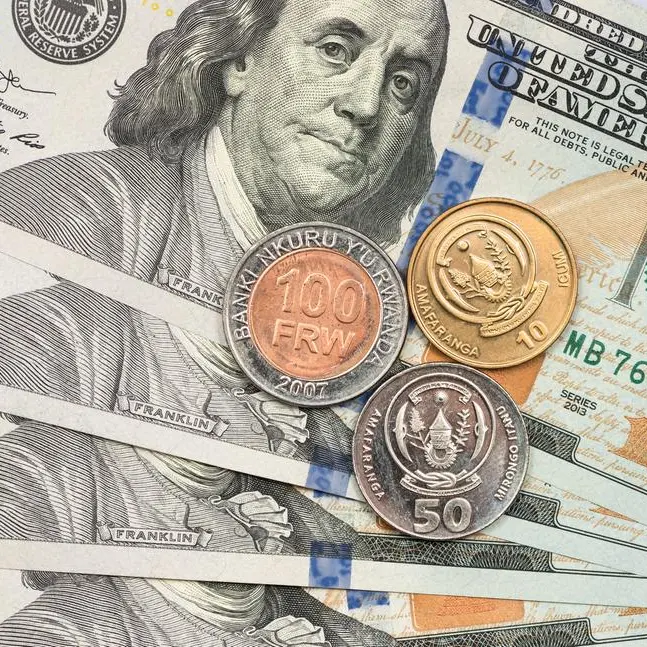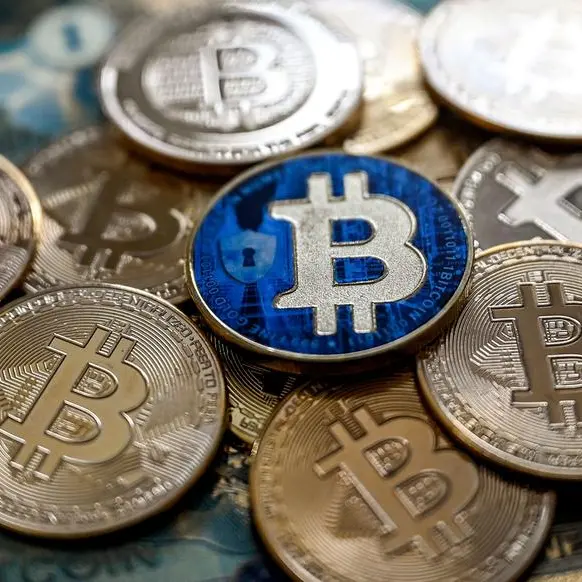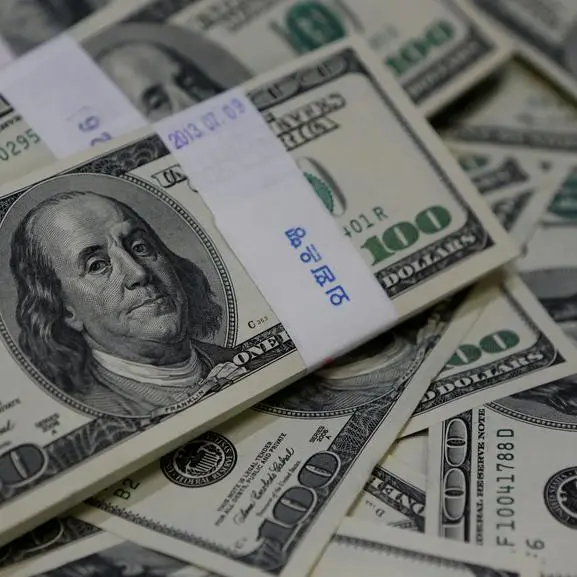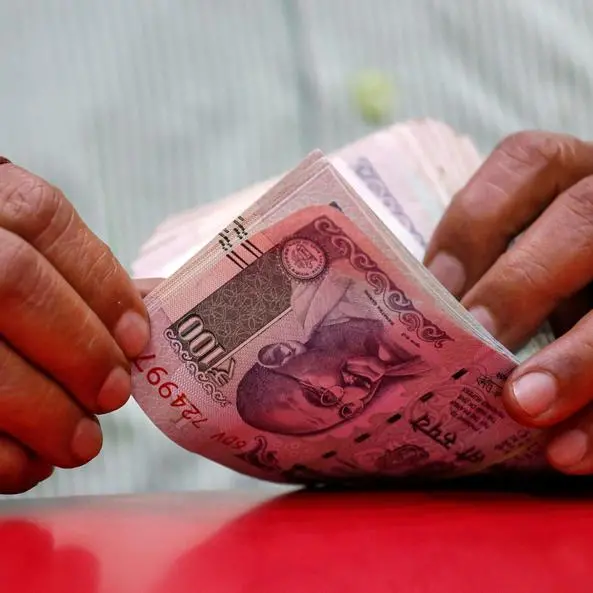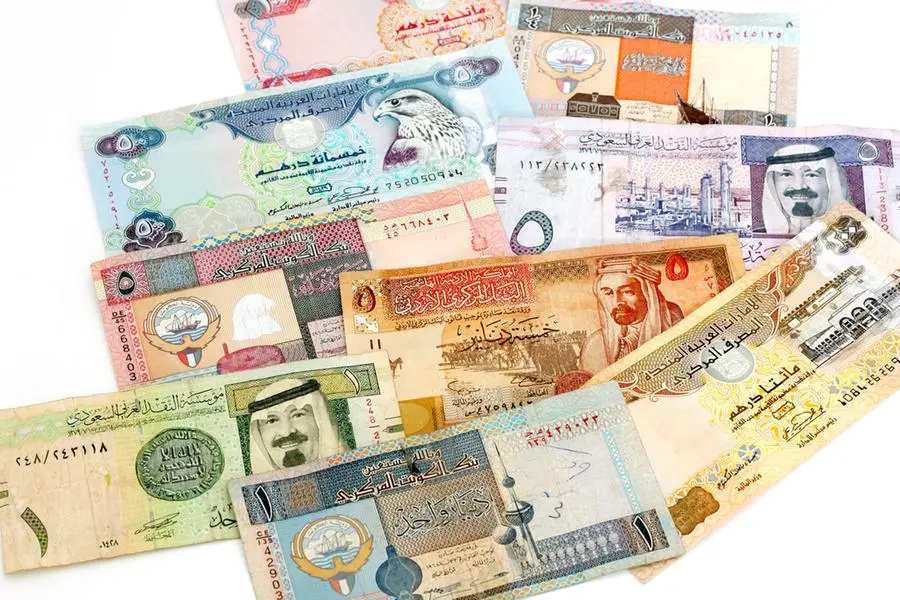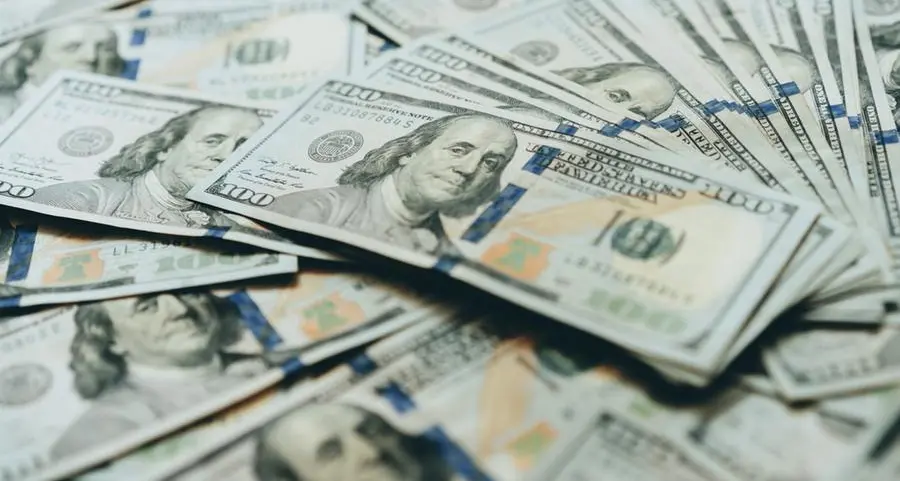PHOTO
An India Rupee note is seen in this illustration photo June 1, 2017. Thomas White, Reuters
Amid continuous exit by foreigners from equities, the Indian rupee plunged to a record low against the dollar on Monday, ahead of an expected US interest rate hike this week aimed at fighting surging inflation.
The rupee fell to a new record low of 78.2825 per dollar (21.33 against the UAE dirham) while stocks slid as global risk-off sentiment spurred by expectations of aggressive Federal Reserve tightening weighed on emerging-market assets and stoked fears of more equity outflows.
The local currency slid as much as 0.6 per cent to per dollar on Monday, after having hit a series of lows in recent days. The benchmark S&P BSE Sensex Index slid about 2.7 per cent as foreigners withdrew about $24 billion from local stocks this year. Bonds also declined
The Indian currency, which has been bogged down by rising oil prices, a more aggressive Fed and by capital outflows in emerging markets as foreign investors turn risk-averse, could plummet below Rs80 per dollar and hit 81, or Rs22 per dirham, by the end of this year, analysts said.
Recent forecasts by experts from UBS AG, Nomura Holdings, and Bloomberg Economics show that the rupee, could drop as much as 4.0 per cent from the current level against the dollar in the backdrop of deterioration in India’s external finances. Forwards are also pricing in a similar weakness for the rupee despite the assurances by the RBI Governor Shaktikanta Das that the apex bank won’t let such a runaway decline happen.
Central banks have adopted more hawkish policies in recent months, including in India, with the Reserve Bank hiking borrowing costs by 50 basis points last week for the second time in as many months.
The RBI earlier announced an out-of-cycle 0.4 per cent rate rise in May.
India’s central bank has also been selling off foreign currency to stabilise the currency.
Inflation has also jumped in India owing the fallout from the Ukraine war, overshooting the central bank’s two-to-six percent target range from January to April. It hit an eight-year high of 7.79 per cent in April, fanned by a spike in food and fuel costs.
Analysts said the relentless dollar outflow from Indian equity and bond markets have kept the rupee under pressure in 2022. Depending on the intensity of the global risk-off sentiment, foreign institutional investors have pulled out more dollars every day from the domestic market. Since January, the outflow amounts to a whopping $24 billion.
Experts said larger rate hikes by the Fed would increase the return on dollar assets compared with those of emerging markets such as India. “The RB, too, is on a policy tightening path but the Fed’s larger rate hikes will lure money away from India.”
Inflation seems to be the biggest enemy globally, with even advanced economies such as the US witnessing an unprecedented pace of price rise. India’s retail inflation rose to 7.79 per cent in April and the finance ministry will release the print for May later in the day. While inflation is expected to cool somewhat, it would still be above 7 percent. Imported inflation along with domestic demand pressures portend to a prolonged period of price pressures.
Another fallout of high global commodity prices is the widening of the current account deficit (CAD) for India. For Q3FY22, the CAD was 2.7 percent of the gross domestic product (GDP), up from 1.3 per cent in the preceding quarter. Most economists expect the deficit to increase to 3-3.5 per cent of the GDP for FY23. This could widen further if oil prices stay high or rise more.
